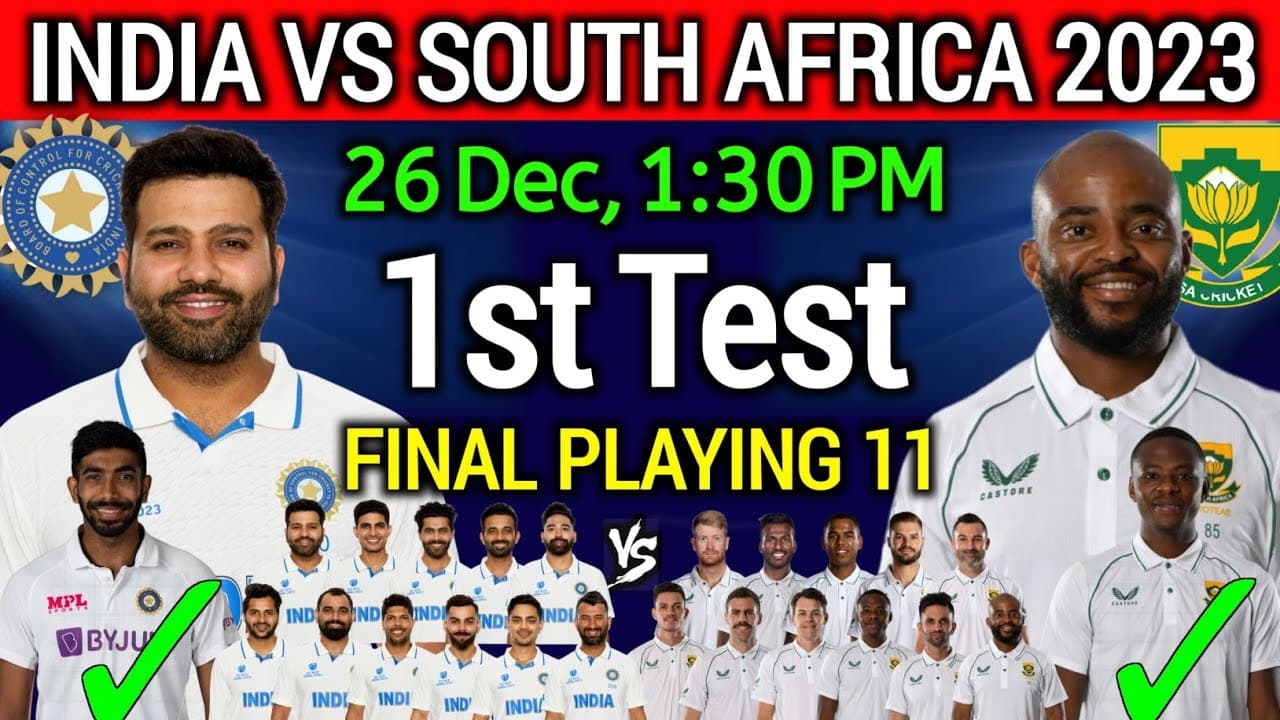Shubman Gill sidelined in Kolkata, raises questions on player welfare and timing
India opener Shubman Gill retired hurt with a neck injury during the first Test against South Africa in Kolkata and remains under observation in a local hospital, a development that could reverberate through the series, franchise cricket and player management discussions. The incident underscores growing attention to medical protocols, workload management and the high stakes surrounding elite cricketers as calendar congestion intensifies.

Shubman Gill was forced from the field during the first Test between India and South Africa in Kolkata after sustaining a neck injury that led to his admission to a local hospital for observation. The early exit of one of India’s best known batsmen injected immediate uncertainty into a match already bearing significant weight as the opening fixture of a marquee home series.
Medical attention for head and neck complaints has become a flashpoint in modern cricket. Teams and governing bodies have codified concussion protocols, but injuries to the upper body still provoke intense scrutiny because they sit at the intersection of player safety, competitive integrity and commercial pressure. Gill’s hospitalization, even for observation, will prompt a fresh review of those protocols by team medical staff and the Board of Control for Cricket in India as they balance prompt care with the fast moving international schedule.
The timing of the injury amplifies its impact. The first Test traditionally sets the tone for a series and for players building form and reputations ahead of lucrative franchise events. The Indian cricket calendar now dovetails closely with global T20 leagues and domestic tournaments, heightening the consequences of any time lost to injury. With IPL 2026 and associated player movements already headline fodder, franchises and national selectors will watch Gill’s recovery closely. Teams invest heavily in player fitness and availability, and the absence of a leading player can shift tactical plans and commercial narratives.
Beyond selection and strategy, the incident raises larger questions about how the sport manages its stars. High performance workloads, travel demands and an ever denser fixture list increase the risk of injury. Cricket’s governing bodies must balance fans’ appetite for international contests and franchise entertainment with sustainable athlete care. Gill’s case offers a reminder that welfare protocols are not abstract guidelines, but tangible safeguards that determine careers and livelihoods.
Culturally, cricketers in India occupy outsized roles as national figures. An injury to a player of Gill’s standing resonates beyond the scoreboard, triggering widespread public concern and social media conversation about resilience, recovery and the sometimes brutal realities of elite sport. Fans invest emotionally and financially in players, and health setbacks can recalibrate narratives about careers in real time.
For the immediate future the focus will be clinical. The Indian camp will monitor Gill’s condition and calibrate selection choices for the remainder of the Test and series. Medical updates will dictate how quickly he can resume training and whether any imaging or specialist assessments alter the prognosis. If he is ruled out of subsequent matches, the series momentum and media storylines will shift, but so too will broader conversations about workload management, the interplay between international and franchise cricket, and the responsibility of administrators to protect players.
Gill’s situation is a reminder that the sport’s heartbeat is its players. How cricket responds to injury, especially when it involves high profile figures, will continue to shape the game’s cultural standing and commercial future as much as any run scored or wicket taken.

